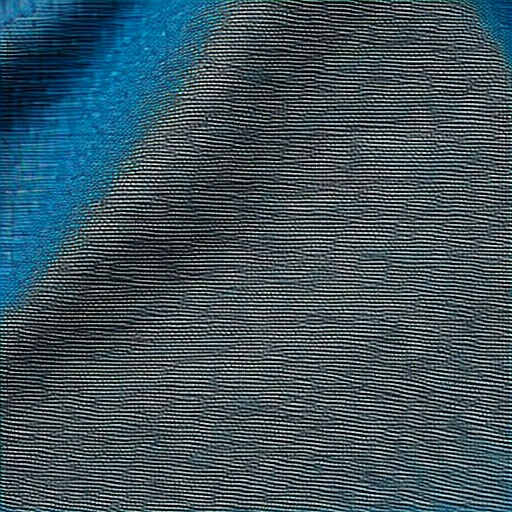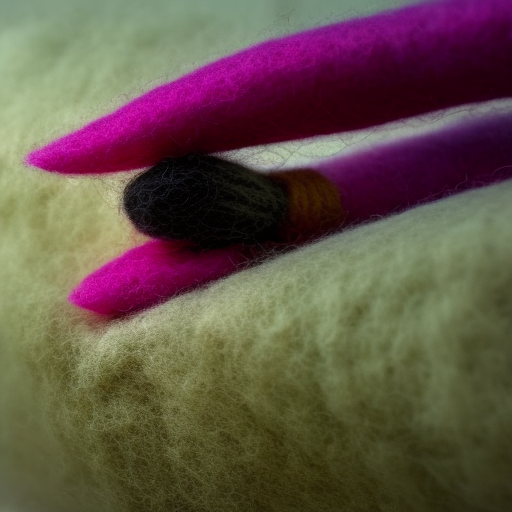

Welcome to the wonderful world of sewing fabric! Whether you are a beginner or an experienced seamstress, sewing fabric offers countless possibilities for creating beautiful and functional items. From clothing to home decor, the art of sewing allows you to express your creativity and personalize your style.
When it comes to sewing fabric, there are a few essential tools and techniques that you should be familiar with:
1. Sewing Machine
The sewing machine is the most important tool in your sewing arsenal. It allows you to stitch fabric pieces together quickly and efficiently. Make sure to choose a machine suitable for your skill level and the type of projects you plan to undertake.
2. Needles
Using the correct needle for your fabric is crucial. Needles come in various sizes and types, such as ballpoint needles for knits, sharp needles for woven fabrics, and even specialty needles for specific tasks like embroidery or leatherwork. Remember to change your needle regularly to ensure smooth sewing and prevent fabric damage.
3. Thread
High-quality thread is essential for strong and durable seams. Choose a thread that matches your fabric’s weight and color. Polyester thread is versatile and commonly used for most sewing projects. Be mindful of the thread tension on your machine to achieve even stitches.
4. Fabric Scissors
Invest in a good pair of fabric scissors for precise cutting. Keep them exclusively for fabric to maintain their sharpness. Try using pinking shears for fabrics that tend to fray, as they create a zigzag edge and help prevent fraying.
5. Pins and Pincushion
Pins are indispensable for holding fabric pieces together before sewing. Use sharp, slender pins to avoid leaving large holes in your fabric. A pincushion provides a safe and convenient place to store your pins, ensuring they stay within reach and organized.
“A good sewing machine and a little bit of confidence can set you on a fantastic sewing adventure!”
Now that you have the essential tools, let’s explore some tips for successful fabric sewing:
Tip 1: Always prewash your fabric to remove any sizing or shrinkage. This helps prevent distortion or uneven sewing.
Tip 2: Use appropriate seam finishes to prevent fraying. Options include zigzag stitching, French seams, or serging.
Tip 3: Press your fabric before and during sewing to ensure neat and professional-looking results. Ironing helps with accurate cutting and smooth seams.
Tip 4: Practice different stitches on scrap fabric to familiarize yourself with your sewing machine’s capabilities and achieve desired effects.
Remember, sewing fabric is a skill that improves with practice. Start with simple projects, like making a pillowcase or a simple skirt, and gradually challenge yourself with more complex patterns. The possibilities are endless, and soon you’ll be sewing fabulous garments and unique home accessories.
So, gather your supplies, select a beautiful fabric that inspires you, and let your imagination take flight. Happy sewing!





Very cool!
Wonderful way to explore creativity! You’ll be able to make all sorts of amazing things 🙂